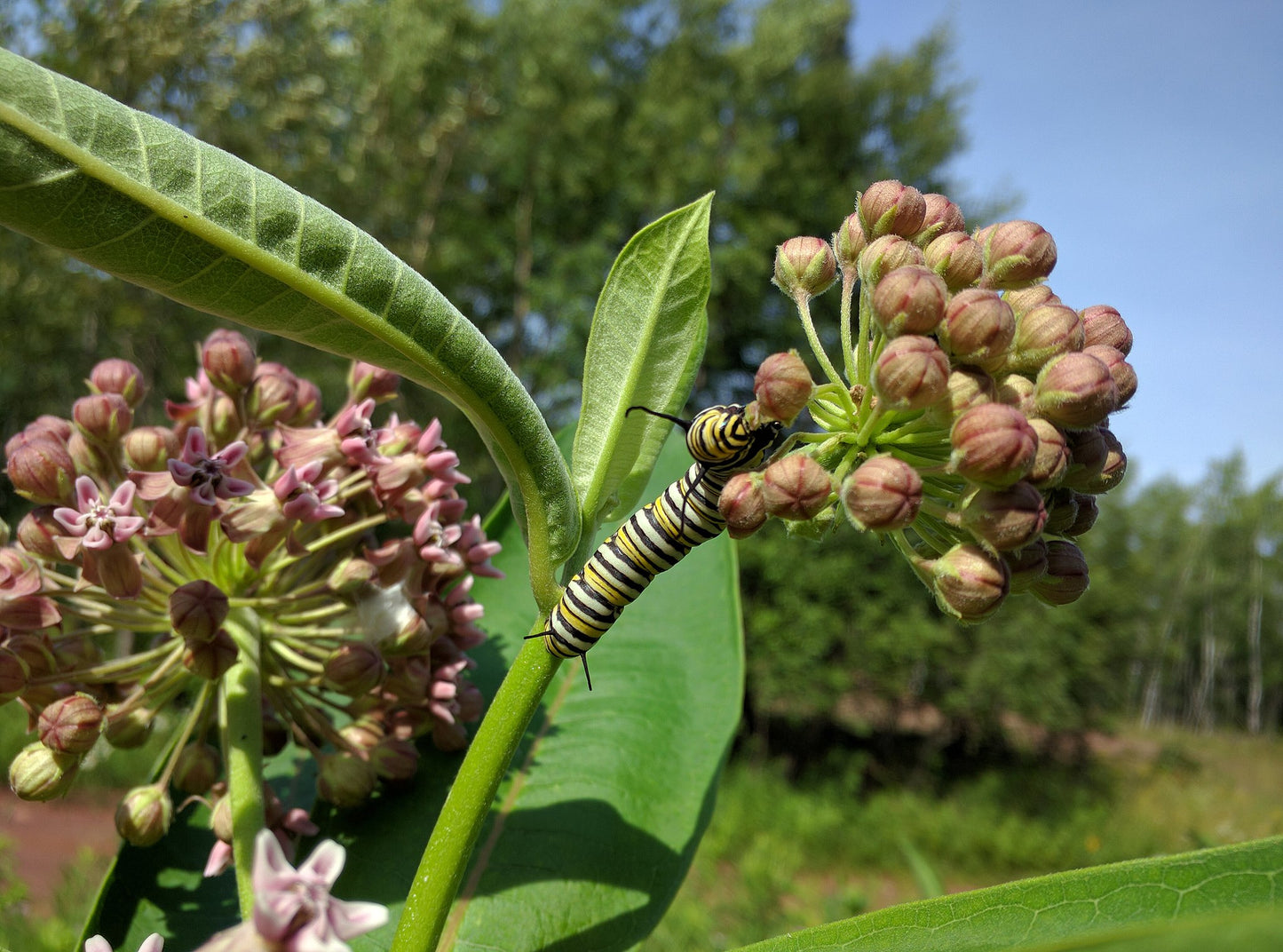
March 15, 2022
Our land offers us beautiful native plants that play a crucial role in our ecosystems. However, urban sprawl, landscaping practices, and forestry activities continue to threaten and fragment their habitats.
A report published in the spring of 2018 by Canada's Commissioner of the Environment and Sustainable Development highlighted the "significant decline" of critical ecosystems, including a major reduction in wetlands, natural prairies (now only a "fraction" of their original size), and deciduous forests. In some regions, more than 90% of these wooded areas have been altered by human activity.1
Yet, when it comes to planning their landscapes, too many gardeners (and garden centers!) still turn to imported species, often annuals.
Native plants are those that naturally grow in a region where they have evolved. In addition to being much better adapted to our climate, they are the cornerstone of our ecosystems, providing shelter, food, and breeding grounds for local wildlife, thus contributing to the maintenance of biodiversity.
Some animals and insects have developed close relationships with the plants in their environment and sometimes depend on very specific plants for their survival. One example is the close and essential relationship between milkweed and the monarch butterfly, but this dynamic of interdependence, resulting from a long process of co-evolution, applies more broadly within local wildlife.
In her book Native Plants for the Small Yard, Kate Brandes cites Dr. Doug Tallamy, a professor of entomology and wildlife ecology who has extensively studied the role of native plants.
“His findings show that native plants support local insects that also serve as the basis of our food chain. Non-native plants are not part of this food chain. For example, Dr. Tallamy has determined that most species of native caterpillars rely on native plants. In keeping with the idea of a food chain, many birds then rely on those caterpillars. In fact, Dr. Tallamy and his students have recorded the number of caterpillars needed to feed a clutch of chickadee hatchlings. One nest of baby birds requires 350 to 570 caterpillars every day, depending on how many chicks there are. So, an incredible 6,000 to 9,000 caterpillars are required to raise one clutch of chickadees to adults. Almost all baby birds require insects like caterpillars to grow, even birds that mature into seedeaters. As Dr. Tallamy explains, what we plant in our landscapes determines what can live in our landscapes.”
This relationship is even more significant when you consider that most caterpillars are dependent on specific native plant species for their food. For example, an oak tree can host around 500 different species of caterpillars, asters over a hundred, and Joe Pye weed 35, while ginkgo, an Asian species still very popular, can only feed 5 species in our latitudes.

The same dynamic exists among pollinators. For example, bees are four times more likely to collect nectar from a native plant than from an introduced one, and 20% of them depend on only two or three native plant species. Overall, 90% of insect species are “specialists” and depend on specific native plant species that are their only food source2.
Some plants can also be great allies in the garden for repelling harmful insects (such as common yarrow), attracting their predators (Queen Anne’s lace), fixing nitrogen (sweet clover), or attracting pollinators (false sunflower).
Moreover, native plants are far less susceptible to diseases and pests than imported or introduced plants, and they are better able to withstand periods of drought. These advantages help reduce the need for pesticides, fungicides, and water.
By integrating more wild and native plants into your landscaping, you will not only enjoy their beauty but also benefit from the ecological services they provide, while contributing to biodiversity and the resilience of your living spaces.
If you want to add native plants to your landscapes and gardens, you might be tempted to go into nature to collect and transplant plants at home. However, it is important to consider that harvesting in the wild can lead to the deterioration of our native vegetation and damage the habitats where the collected plants are found.
We already see this happening with some very popular edible or ornamental wild plants, whose populations have been decimated and are now in a very precarious situation, such as ramps, wild ginger, or northern maidenhair fern. The best option is to propagate native plant seeds.
For more information and advice on gardening for biodiversity, check out this article from Espace pour la vie's The Green Pages.
- [Déclin de la biodiversité: le Canada et le Québec ne sont pas épargnés, Le Devoir, May 11, 2019 ]↩
- [The Beauty of Native Plants | Drew Lathin | TEDxLivoniaCCLibrary]↩

